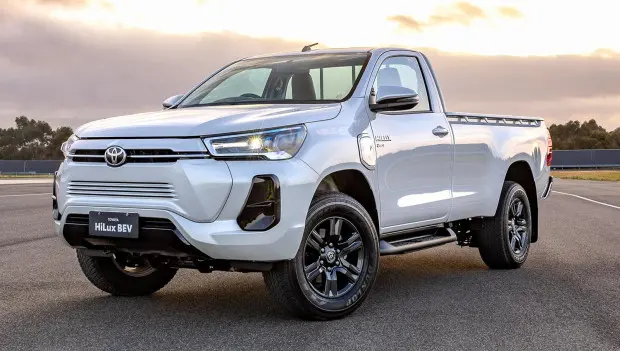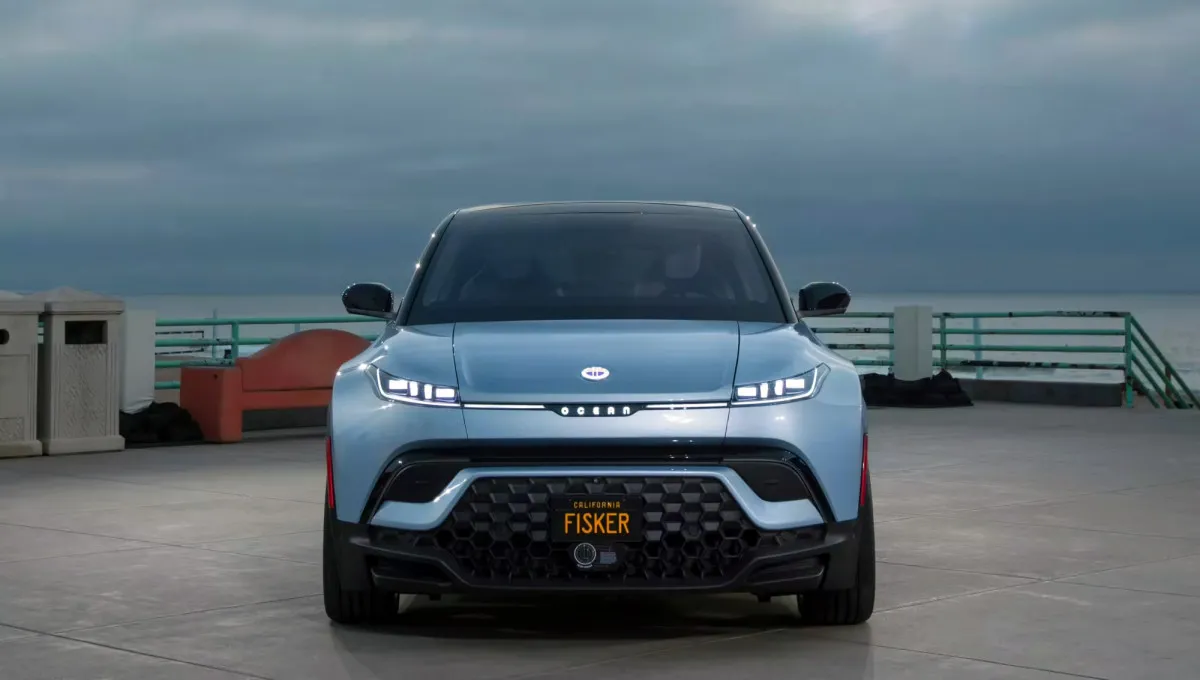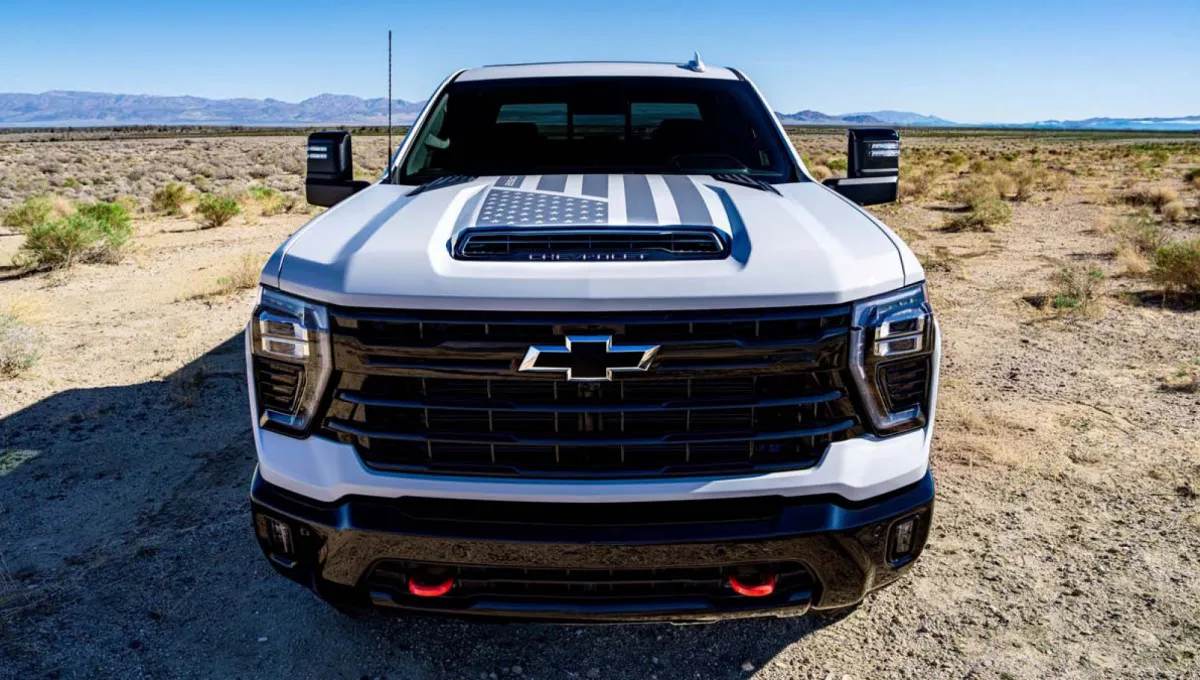Ninth-Generation Toyota Hilux Debuts with Electric Version
The popular pickup goes electric: what we know about the new Toyota Hilux.

Japanese automotive giant Toyota has unveiled its new pickup. The legendary model features a fresh design and is now available as a fully electric vehicle. There will even be a hydrogen-powered version. Here are the first details about the project.
Toyota officially introduced the ninth iteration of its iconic Hilux pickup at a special Toyota Motor Asia event held in Bangkok. It was there that the fully electric version of the truck, set to become the flagship of the new lineup, was revealed to the public for the first time. This move highlights the global trend toward electrification, which is now reaching even the most utilitarian segments of the automotive market.
The electric version, designated as the BEV (Battery Electric Vehicle), represents a technological breakthrough for the model. The pickup retains a traditional body-on-frame construction, good news for fans of true off-road vehicles. Engineers managed to integrate a 59.2 kWh lithium-ion battery beneath the cab floor. This solution preserves chassis strength while optimizing weight distribution between the axles, positively affecting handling.
The Hilux BEV is powered by two electric motors mounted on the front and rear axles, providing permanent all-wheel drive. The combined output of the powertrain reaches 144 kW, roughly equivalent to 197 horsepower. Toyota claims the pickup can travel over 186 miles (300 km) on a single charge, though this figure is based on the outdated NEDC cycle, so real-world range may be lower. The dimensions have changed slightly: the truck is 209.4 inches (5,320 mm) long, 73 inches (1,855 mm) wide, and 70.9 inches (1,800 mm) tall, making it slightly shorter and lower than its predecessor.
The launch of the new Hilux generation is more than just a model debut; it demonstrates Toyota’s flexible strategy, referred to as the “multi-pathway approach.” This strategy involves offering customers different types of powertrains depending on regional specifics, the development of charging infrastructure, and local needs. Therefore, traditional internal combustion engines will remain available alongside the electric version.
The rollout plan for the new model is ambitious. Buyers in Asian countries will be the first to get their hands on it, with sales beginning in 2026. A special diesel variant is planned for the Japanese domestic market in mid-2026. By 2028, Toyota aims to make another technological leap by introducing the hydrogen-powered Hilux FCEV. This fuel cell version will primarily target European and Oceania markets, where hydrogen infrastructure is actively expanding. The phased production and delivery of all variants will begin in 2026.
You may also be interested in the news:

Americans Are Now Learning What It’s Like to Own a DeLorean: The Story of a Brand That Walked Away
Fisker Ocean owners are taking matters into their own hands to save their EVs from “digital death.”

The All-New Toyota RAV4 Gets a Style Upgrade: Modellista Rolls Out Lifestyle and Outdoor Packages
One package leans sporty, the other is built with off-road flair in mind.

Chevrolet Unveils Anniversary Editions of the Corvette, Colorado, and Silverado
The American brand is marking the nation’s 250th anniversary with special-edition versions of its iconic sports car and pickup trucks.

2026 Honda Accord Gets Minor Refresh Amid Slumping Sales
The midsize sedan receives a few cosmetic and tech updates for 2026, while pricing remains largely unchanged.

Toyota Snatches Back Crown: Subaru's Reliability Reign Lasts Just 1 Year
Toyota, Lexus, and Subaru have been locked in a long-running battle for the top spot for years.